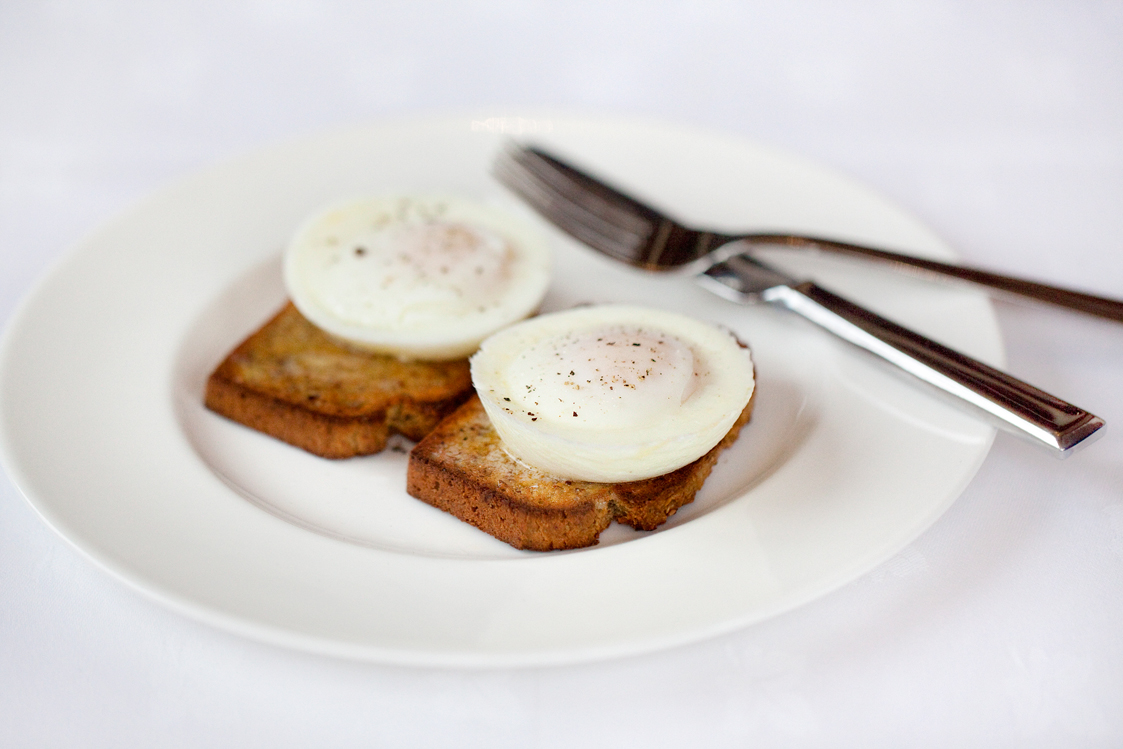The recent weather’s cold snap, which in our Edwardian property has to be endured even when the central heating is on 24/7, got me fantasising about a different kind of a life lived in the Mediterranean - specifically Italy.
I’ve had several Italian friends (still do!) and am drawn by their unbridled warmth and generosity. They are my sort of people; the sort who love to relax, celebrate and socialise with family and friends. My understanding is that these celebrations most often centre around the table and an abundance of traditional Italian food.
Since a trip to Naples is not do-able, today’s recipe injects a bit of that Italian sentiment and sunshine into an otherwise bleak January day (though it works just as well eaten ‘al fresco’ on a balmy summer’s evening).
A layered bake of aubergines, tomatoes and cheese is something of an Italian classic. My version has more than it’s fair share of cheese - I have used Cheddar as well as the more usual mozzarella and Parmesan. The texture and richness make for a glorious vegetarian bake that will keep you warm from the inside out.
There was a time when bringing this dish together seemed somewhat onerous. So many processes…slicing and salting the aubergines, rinsing and drying them before pan-frying in batches in copious amounts of olive oil, making the tomato sauce, grating the cheese - all of which was required before assembling the final dish. It seemed like an awful lot of ‘faff’.
Anyway, necessity being the mother of invention I was forced to streamline the prep to something more manageable. In fact, because everything can be prepared in advance, this delicious bake is ideal for entertaining.
We think if there was ever a meal that’s able to build a bridge between committed carnivores and ardent vegetarians, this gorgeous bubbling aubergine bake is definitely it.
Mellanzane Parmigiana (V) (Serves 4)
Ingredients
4 medium aubergines
80ml (3fl oz) olive oil
1 large onion, peeled and finely chopped
2 x 400g (2 x14oz) good quality tinned whole plum tomatoes (I favour Mr Organic)
200g (7oz) strong Cheddar cheese, coarsely grated (I used Davidstow's vintage Cheddar cheese from Waitrose)
60g (2oz) Parmesan Reggiano, freshly grated
150g (5oz) buffalo mozzarella, sliced
Sea salt
Freshly ground black pepper
Large handful of fresh basil leaves, roughly chopped
2-3 drops liquid stevia (optional)
Instructions
Trim the aubergines and cut across into 1cm thick slices. Layer them up in a colander sprinkling each layer with salt as you go. Put a plate underneath the colander (to catch the juices) and another plate on top, weighted down with something heavy (I use a kettle filled with water) Set aside to drain for 30 minutes.
Meanwhile, put two tablespoons of olive oil into a medium pan on a medium heat. Add the onion and cook for 10 minutes until it is soft but not coloured.
Add the tinned tomatoes, breaking them up with a flat edged spatula into chunky pieces. Season with salt and pepper, give the mixture a good stir and bring to the boil. Cover and simmer over a gentle heat for 20 minutes.
Pre-heat the oven to 220℃ / 425℉ / Gas mark 7. Line two large baking trays with silicon baking mats or non-stick foil.
Wash the aubergine well under a running cold tap, then drain and dry on a clean tea towel.
Brush the aubergine slices on both sides with the remaining olive oil (I find it easiest to lay them all out on the two trays before oiling, I then brush oil over the uppermost side first before turning them over and doing the other side).
Roast the aubergine slices in the oven for 15 minutes, then turn them over and cook for another 10-15 minutes or until they’re nicely browned on both sides.
Meanwhile, reheat the tomato sauce, adjusting the seasoning if necessary. Add 2 or 3 drops of liquid stevia if it tastes too tart, then add the chopped basil.
When the aubergines are ready, take them out of the oven and turn onto a plate.
Switch the oven temperature down to 195℃.
Get yourself an oven-to-table lasagne type dish (mine is 30cm x 24cm x 5½cm).
Spoon a little of the tomato sauce in the bottom of the dish, top with a layer of aubergines, some of the sliced mozzarella torn into smallish pieces and some of the Cheddar cheese.
Continue with the layers until you’ve used up all the ingredients, finishing with the Cheddar. Sprinkle over the Parmesan cheese and bake for 30 minutes until crispy, bubbling and golden.
Serve with a crisp salad.
Carbohydrate 11g Protein 30g - per serving












